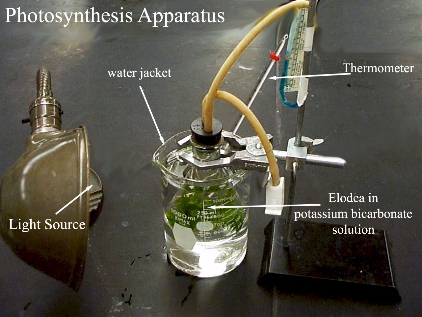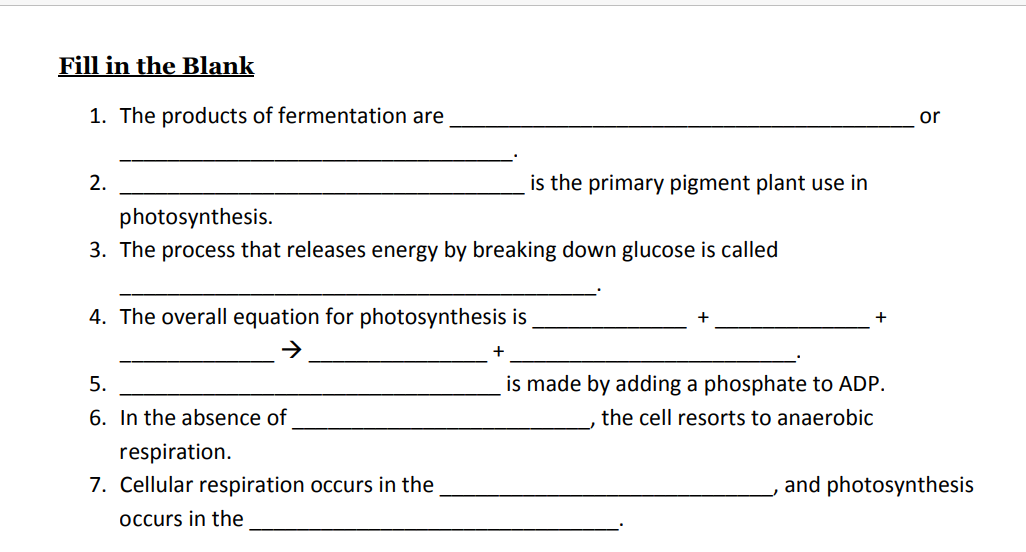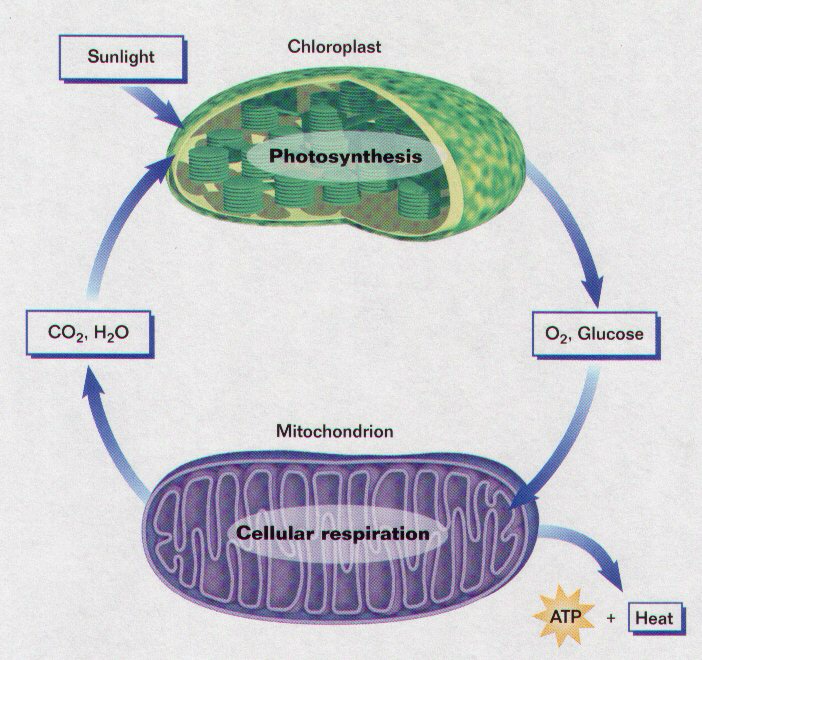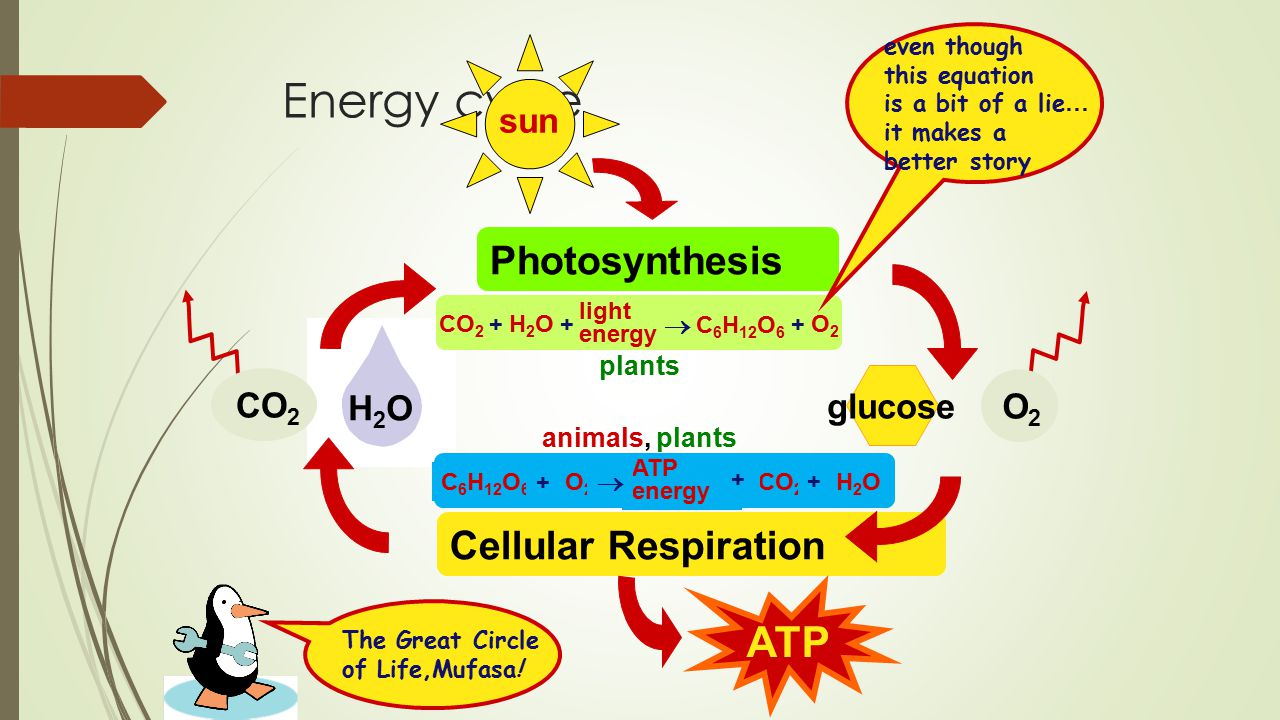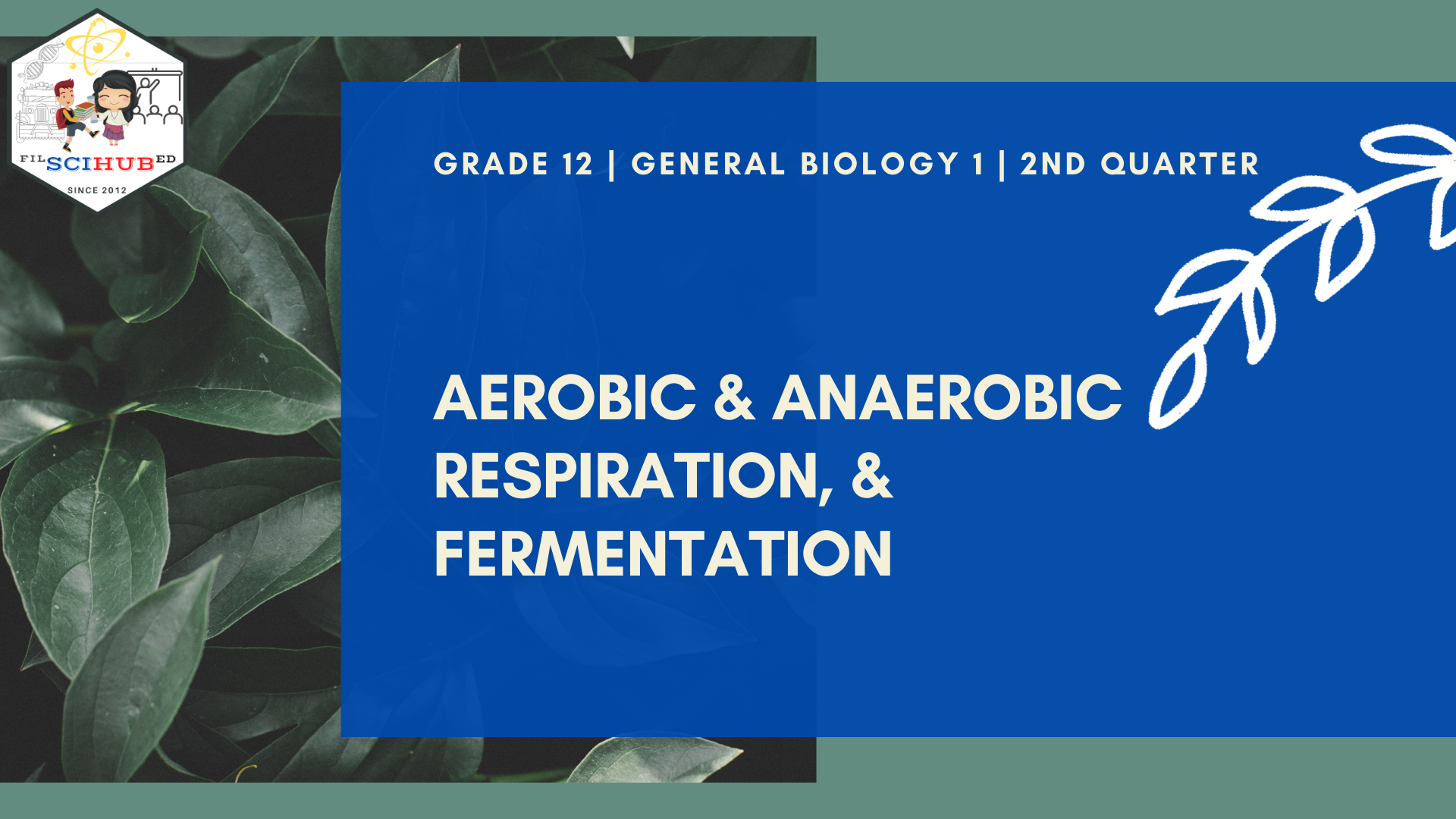Photosynthesis and fermentation are two important biological processes that allow living organisms to produce energy. While both processes involve the conversion of chemical energy into usable forms, they differ in their mechanisms and end products.
Photosynthesis is the process by which plants, algae, and some bacteria convert sunlight into chemical energy. This process takes place in the chloroplasts of plant cells, which contain chlorophyll, a pigment that absorbs light energy. The energy from light is used to split water molecules into hydrogen and oxygen atoms, and these atoms are then used to convert carbon dioxide from the air into glucose, a simple sugar. The glucose is then used by the plant as an energy source, or it is stored as starch in the plant's cells.
Fermentation, on the other hand, is the process by which certain microorganisms, such as yeast and bacteria, convert sugars into energy without the use of light. Fermentation occurs in the absence of oxygen, and it produces energy through the breakdown of glucose or other sugars. There are two main types of fermentation: alcoholic fermentation and lactic acid fermentation.
In alcoholic fermentation, yeast converts sugar into ethanol and carbon dioxide. This process is used to produce beer, wine, and other alcoholic beverages. In lactic acid fermentation, bacteria convert sugar into lactic acid. This process is used to produce fermented products such as yogurt and pickles.
Both photosynthesis and fermentation are important for the survival and growth of living organisms. Photosynthesis provides plants with the energy they need to grow and produce oxygen, which is essential for the survival of animals and other organisms. Fermentation, on the other hand, allows microorganisms to produce energy in the absence of oxygen and is used in the production of a wide range of products, including food, beverages, and pharmaceuticals.
In conclusion, photosynthesis and fermentation are two important biological processes that allow living organisms to produce energy. While they differ in their mechanisms and end products, both processes play a vital role in the survival and growth of living organisms and are essential for the production of a wide range of products.
Biology Rocks!
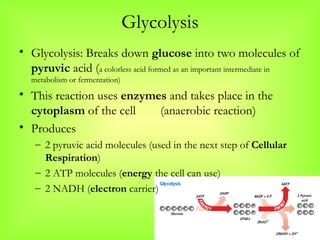
Both animal cells and plant cells depend on cellular respiration for their energy needs, because both animal cells and plant cells need ATP. The actinobacillus and aggregationibacter species belong to the Pasteurellaceae family and are found in small gram-negative bacilli. Cell fermentation is the process by which an active material, such as glucose, is converted into energy. When bacteria are allowed to ferment malolactic acids in aging When glycerol production increases, the quality of wine is thought to improve, resulting in better mouthfeel and viscosity. They not only produce waste products that we dispose of, but they also assist in the clean-up of our kitchens. Photosynthesis takes place in chloroplasts; a lot of research has been done in the past to determine the different factors for example, Light intensity and wavelength that affect photosynthesis. Why does fermentation decrease towards the end? Pyruvate is transformed into ethanol and carbon dioxide as part of the alcohol fermentation process.
Does Fermentation Occur In Photosynthesis

Thiamine is present in a wide range of foods, including eggs, meats, yeast, brown rice, and cereals, but not in fat, oils, or sugars. As a result of this process, ethanol, a type of alcohol, is produced; however, the chemical composition of ethanol differs from that of alcohol. Fermentation is basically the conversion of carbohydrates into alcohol or acid. In the second practical to investigate starch synthesis dark reaction , fresh and boiled potato extracts were used. Photosynthesis Cellular Respiration Narrated PowerPoint Click here to access the narrated PowerPoint.
The Importance Of Alcohol Fermentation And Photosynthesis

Distinguish between photoautotrophs, chemoautotrophs, and heterotrophs, and how each type of organisms acquires its nutrition. Anaerobic fermentation is one of the processes of glycolysis; it does not require the use of air, which means it is not a byproduct of the process. As the light intensity increases by placing the light bulb closer to the water plant, more bubbles would be generated, which indicates the faster rate of photosynthesis. When pyruvate is converted to ethanol via this reduced form, an electron is produced. Explain the role of allosteric sites in the control of metabolic pathways by end-product inhibition. How do the laws of thermodynamics relate to the biochemical processes that provide energy to living systems? Yeast fermentation is accomplished after the microbe glycolysis biochemical mechanism converts hexoses to pyruvic acid, which is then converted to ethyl alcohol and carbon dioxide. Fermentation often creates many waste products that cannot be metabolized without oxygen.
Fermentation and Photosynthesis Comparison
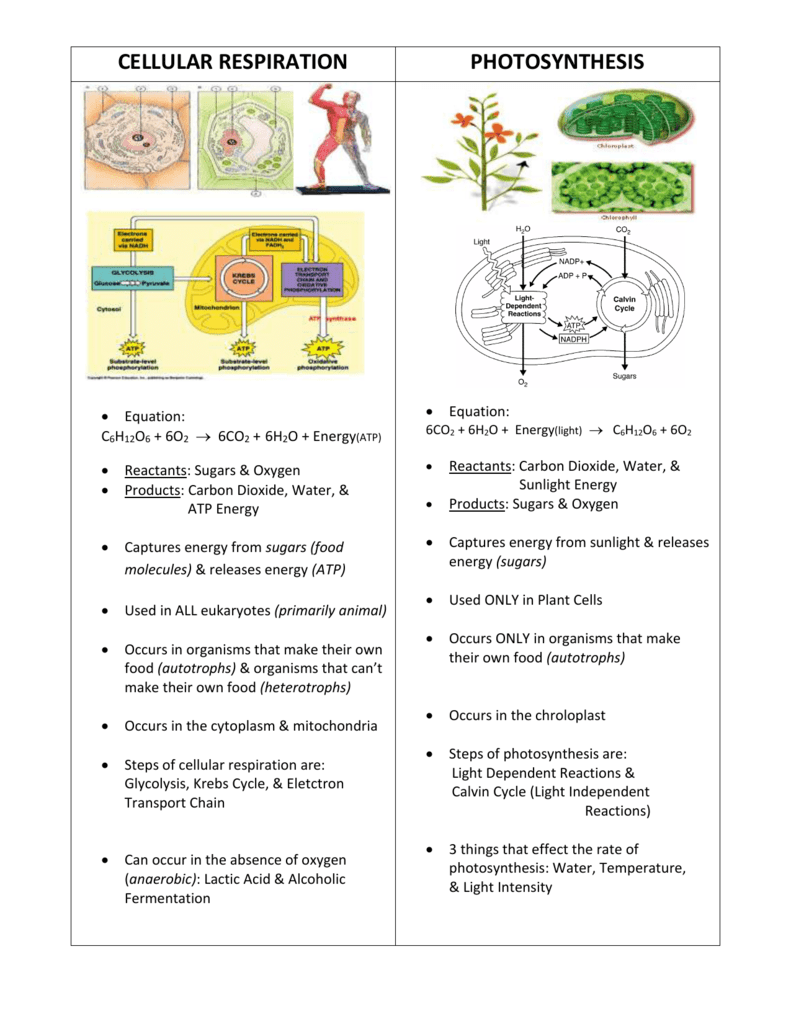
The water and carbon dioxide products are by-product of the process, and the energy derived from them is referred to as ATP. Secondary fermentation, in general, plays an important role in deacidification, flavor modification, and microbial stability of wine. Beriberi is still common, particularly among alcoholics, malnourished elderly people, and pregnant women, but it is more common among alcoholics and malnourished elderly people. In this process, glucose is converted to two molecules of lactic acid. A yeast and other fungi and bacteria produce alcohol as a result of this fermentation process.
